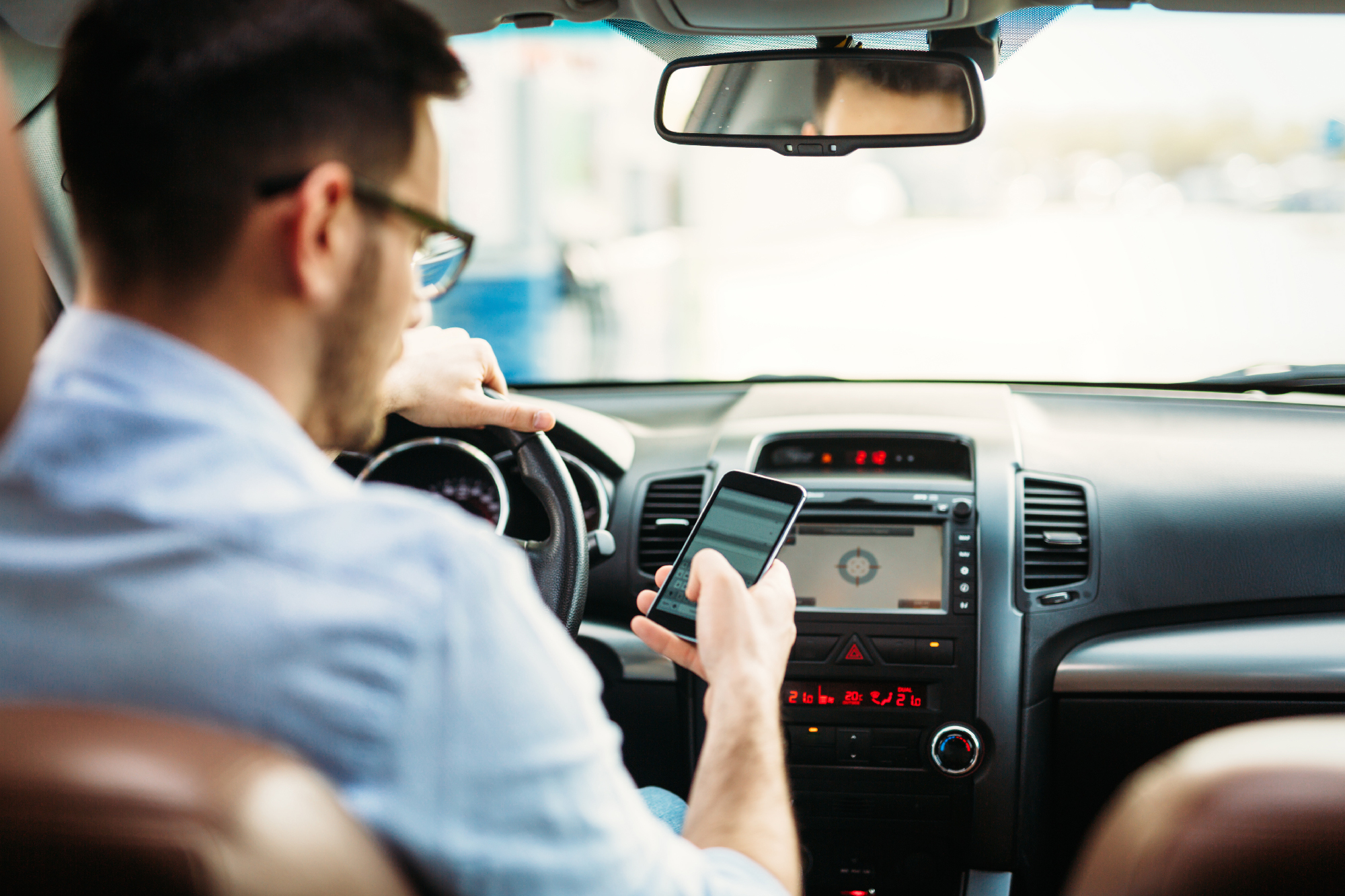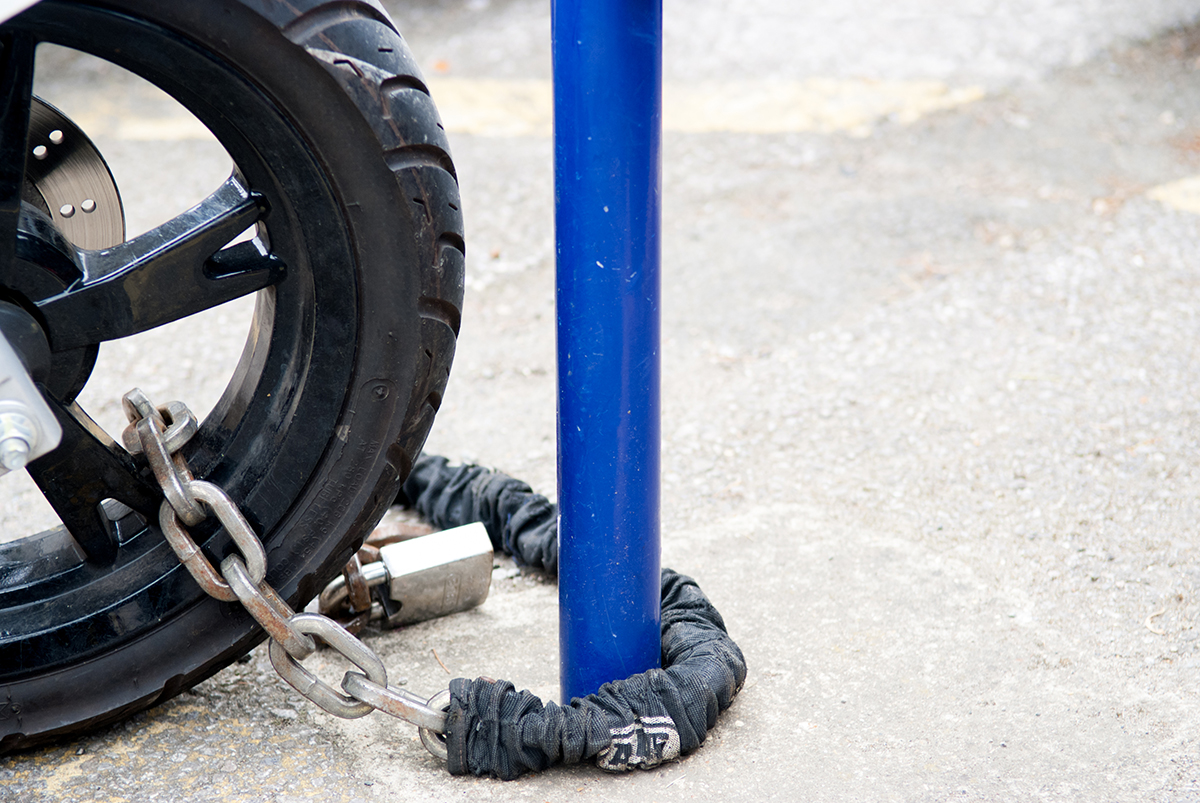Don’t become a statistic. Follow these simple tips to avoid the life-threatening risks of distracted driving
Every year, distracted driving causes hundreds of thousands of accidents and thousands of deaths. In 2021 alone, 3,522 people lost their lives due to distracted driving.
That’s nine people a day.
It’s an epidemic, but each and every one of us has the power to fight it.
Although we can’t control the actions of other drivers, we can take steps to limit our own distractions and make the road a safer place to drive.
This quick guide will tell you everything you need to know about distracted driving, including simple tips to stay focused and drive safely—wherever the road takes you.
What is Distracted Driving?
Distracted driving involves anything that steals your attention away from the road—no matter how small.
Looking down to adjust the thermostat, talking with your friends in the backseat, scrolling through your texts…
When your eyes and focus shift away from the road, you’re driving distracted.
Of course, you have to look down for a second to change audio settings or turn up the air, but the goal is to limit your other distractions as much as possible.
To do that, it’s important to know the different types of distracted driving…
The Types of Distracted Driving
According to the Centers for Disease Control (CDC), there are three main types of distracted driving:
- Visual – These are distractions that cause you to take your eyes off the road (checking your phone, adjusting car settings, turning to look at a passenger, looking in the rearview mirror, reaching for items in the glove compartment or backseat, etc.).
- Manual – Manual distractions include anything that causes you to take one or both hands off the wheel (checking your phone, adjusting car settings or mirrors, eating, drinking, doing makeup, reaching for items, etc.).
- Cognitive – These distractions are when you’re mentally unfocused. Your body is driving, but your mind is on other things or too tired or impaired to continue safely (when you’re experiencing strong emotions, exhausted, or your judgment is impaired).
Additionally, auditory distractions like music, conversations, and loud noises in or around the car can divert your attention from the road.
What is the #1 Reason for Distracted Driving?
You probably guessed it as soon as you read the question.
The most common reason for distracted driving is texting and talking on the phone.
In a 2020 survey of 2,000 Americans, 28.6% admitted that texting was their main distraction while driving.
The National Highway Traffic Safety Administration shares a sobering fact about just how dangerous this activity can be:
“Sending or reading a text takes your eyes off the road for 5 seconds. At 55 mph, that’s like driving the length of an entire football field with your eyes closed.”
Other Common Distractions to Be Aware of
Even if you’re diligent about avoiding your phone, plenty of other things can take your focus off the road. Here’s a quick list of distractions to watch out for while at the wheel:
- Eating and drinking
- Talking with passengers
- Reaching for items in the glove compartment, floor areas, or passenger and rear seats
- Looking in the rearview or side mirrors
- Using your car’s GPS or navigation system
- Applying makeup
- Using the sun visor mirrors
- Adjusting car settings (audio, thermostat, etc.)
Tips to Avoid Distracted Driving
Armed with the knowledge we’ve learned so far, let’s talk about what you can do as a driver to limit your distractions and keep a sharp eye on the road.
Ironically, there are apps and built-in phone systems that can help you limit your phone use while driving.
This technology can sense when your phone is moving at high speeds and prohibit texting and calling until you’ve come to a stop. If you’re interested, the National Safety Council released a guide on these features and how to use them.
Aside from technology, the list below features plenty of helpful tips to avoid distracted driving:
- Whenever possible, always set up your mirrors, climate settings, navigation, and music before you start driving.
- Avoid phone use at all times. If you absolutely have to, park your car in a safe place to text or call someone.
- If you’re feeling emotionally overwhelmed or too tired, ask someone to drive for you or set up a taxi or rideshare service.
- If you’re traveling with someone, have them be the designated navigator, texter, and caller.
- Avoid multitasking whenever possible. This includes all the behaviors listed in the previous section (eating, drinking, grooming, etc.).
- Don’t be afraid to ask passengers to let you focus if you’re having trouble or if conversations are becoming too loud or distracting.
- Be as quick as possible when adjusting car settings that require you to take your eyes off the road, like music, navigation, etc.
Mindful Driving is Up to You
Most of the time, we have control over how focused we are on the road.
It’s up to each of us as individuals to take steps to maintain that focus and reduce the risk of distracted driving accidents.
A concentrated driver makes the road safer for everyone, and with the above tips, you can be more responsible behind the wheel, protecting yourself, your passengers, and your fellow drivers.
In the event of an accident, the Rescu app is the fastest way to get emergency assistance. Compared to 911, it’s twenty times faster.
How?
With just two taps on your smartphone, you can instantly dispatch fire, police, or medical first responders to your exact location anywhere in the United States. No talking required.
Click or tap below for round-the-clock protection and peace of mind today!





